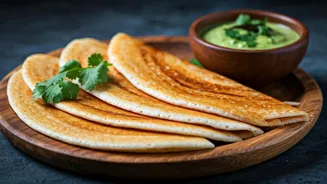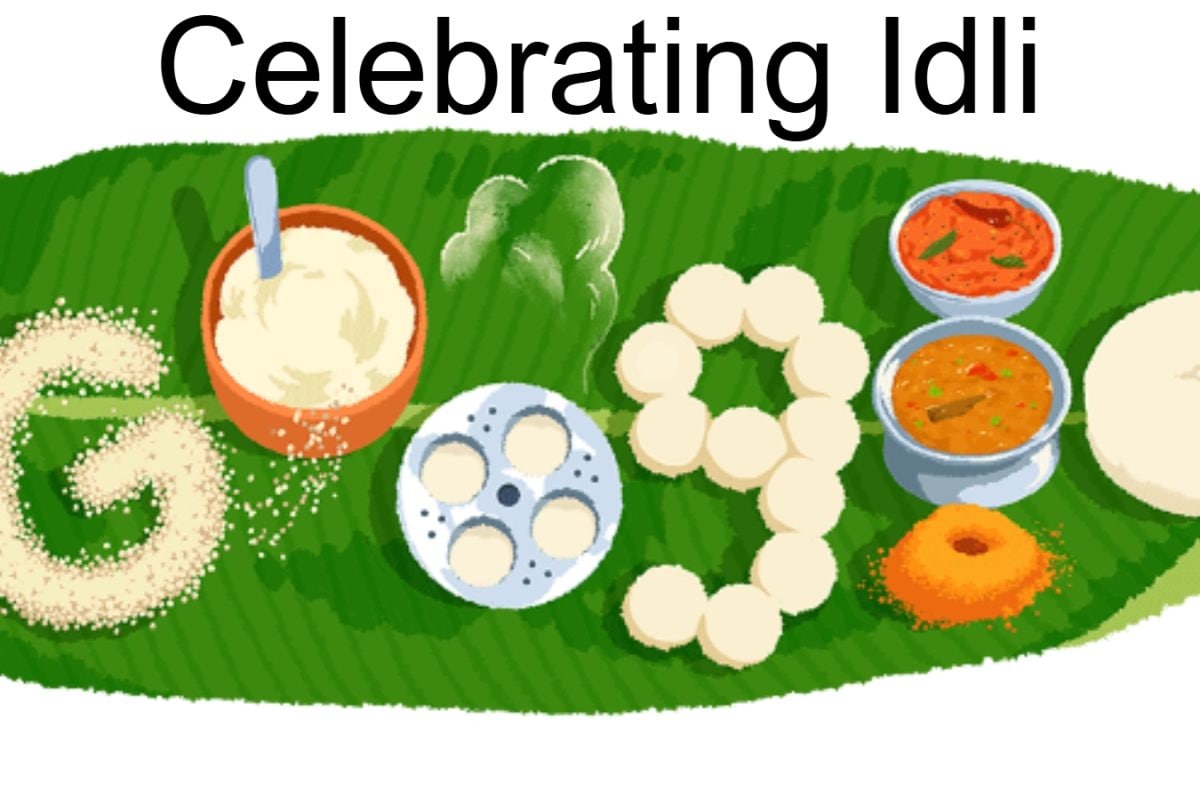Rava Dosa Revealed
Rava dosa, a beloved South Indian delicacy, is known for its crispy texture and quick preparation. Unlike traditional dosa made with fermented batter,
rava dosa uses semolina (rava) as the primary ingredient, making it an instant breakfast option. The recipe often includes rice flour, all-purpose flour, and spices like cumin and green chilies for added flavor. The batter is thin and poured onto a hot griddle in a circular motion, creating a lacy, delicate crepe. Many variations exist, including onion rava dosa, where finely chopped onions are added to the batter for extra flavor and texture. Served with sambar and chutney, rava dosa provides a light, yet satisfying meal, perfect for any time of day. Mastering rava dosa is simple; the key is achieving the correct batter consistency and a hot griddle for optimal crispiness. It's a fantastic way to enjoy a delicious, quick, and easy breakfast.
Brown Rice Dosa
Embracing a healthier twist on the classic, brown rice dosa presents a nutritious alternative. This recipe utilizes brown rice, known for its high fiber content and health benefits, creating a slightly denser, yet equally delicious, dosa. The process involves soaking brown rice overnight or for several hours, then grinding it into a smooth batter. The batter is then fermented, allowing the flavors to develop and the dosa to attain its characteristic tang. This fermentation process is crucial for both the taste and the texture. The dosa is cooked on a griddle until golden brown and crispy. Brown rice dosa can be paired with various accompaniments, such as sambar and coconut chutney. It's a great option for those seeking a breakfast that is both tasty and packed with health benefits. The use of brown rice adds a nutty flavor and provides essential nutrients, making it an excellent choice for a balanced diet. This dosa is the perfect way to enjoy a guilt-free and satisfying meal.
Mysore Saada Dosa
Mysore Saada Dosa is a popular South Indian variety that hails from Mysore. 'Saada' means plain or simple, referring to the basic preparation without any fillings or additional ingredients in the batter. The dosa is crafted from a fermented batter, typically a blend of rice and lentils, like urad dal. The fermentation process is what gives it its characteristic tangy taste and light, airy texture. The batter is spread thinly on a hot griddle, creating a large, crisp dosa. The cooking process is often enhanced by applying a thin layer of oil to ensure even cooking and a crispy exterior. The dosa is served with an assortment of chutneys and sambar. The simplicity of this dosa allows the flavors of the batter and accompaniments to truly shine. It’s a versatile dish, enjoyed for breakfast, lunch, or dinner. Its quick preparation and satisfying taste make it a favorite across South India, offering a wholesome and delightful meal.
Barley Urad Dal Dosa
For health-conscious individuals, Barley Urad Dal Dosa is an innovative and nutritious option. This recipe substitutes a portion of the traditional rice with barley, introducing a host of health benefits. Barley is known for its high fiber content, aiding in digestion and promoting overall health. The urad dal adds protein to the mix. Preparing this dosa involves soaking and grinding the barley and urad dal to make a smooth batter. The batter is then fermented, which is crucial for its characteristic taste. It is cooked on a hot griddle until crisp and golden brown. This dosa offers a subtle nutty flavor from the barley, providing a unique twist to the familiar dosa taste. It can be enjoyed with your favorite chutneys and sambar, providing a complete and balanced meal. The use of barley adds a different dimension to the dosa, making it both healthy and delicious. It is a perfect choice for those seeking a nutritious and satisfying breakfast option.
Mooli Paratha Delight
While this article predominantly focuses on dosa, the presence of 'mooli paratha' in the recipe list allows for a quick detour to discuss it. Mooli paratha, another popular Indian breakfast staple, offers a change of pace. The preparation typically involves kneading wheat flour with grated radish (mooli), spices, and herbs. The dough is rolled out, stuffed with the mooli mixture, and cooked on a griddle with ghee or oil. The process creates a soft, flaky, and flavorful paratha with a distinct radish taste. Different regions of India have their own variations, with the addition of specific spices and accompaniments. This paratha is often served with yogurt, pickle, and butter, making it a hearty and satisfying meal. While distinct from dosa, Mooli paratha highlights the breadth of Indian breakfast options, providing something for everyone. Its simple yet flavorful recipe makes it a breakfast favorite, showcasing the versatility of Indian cuisine.



